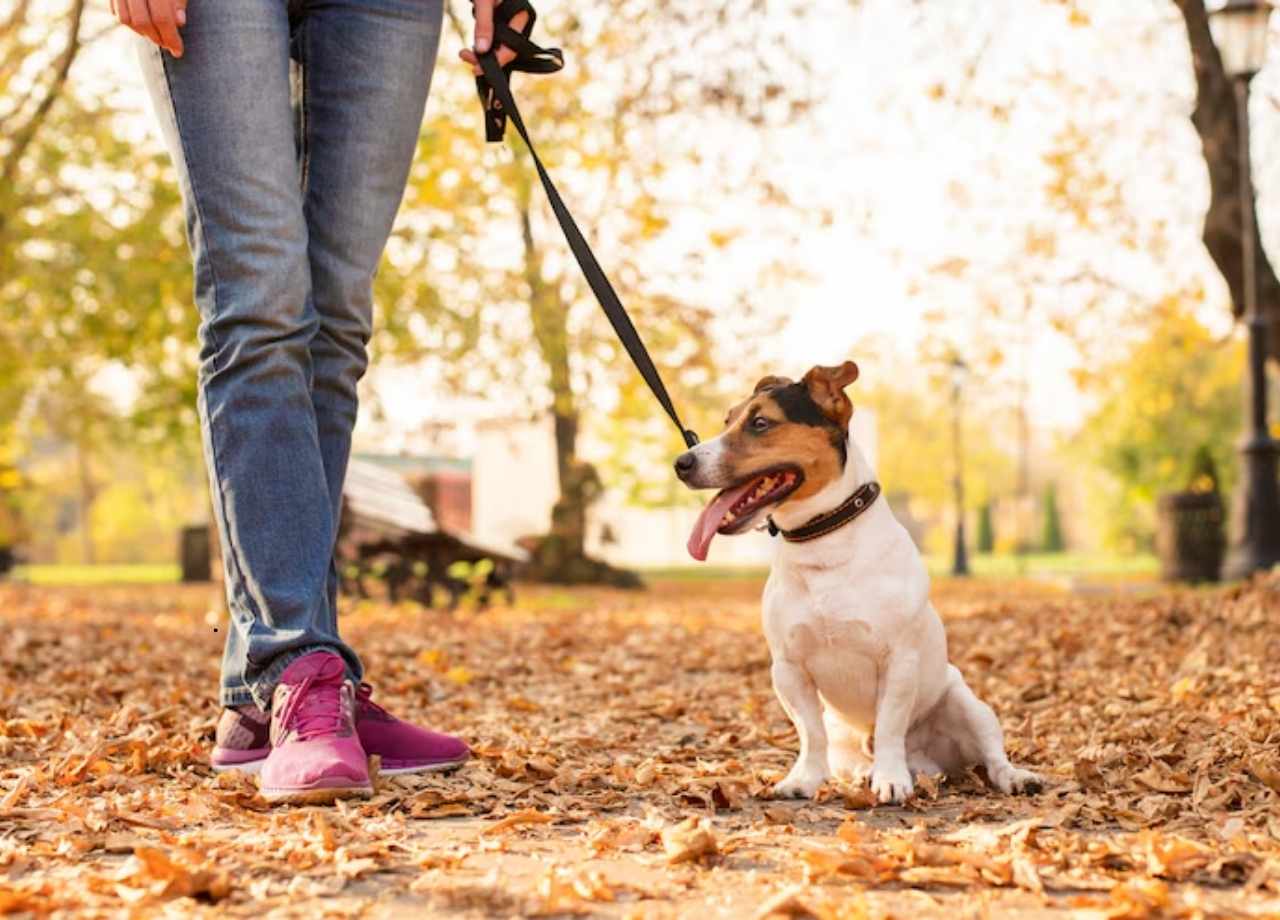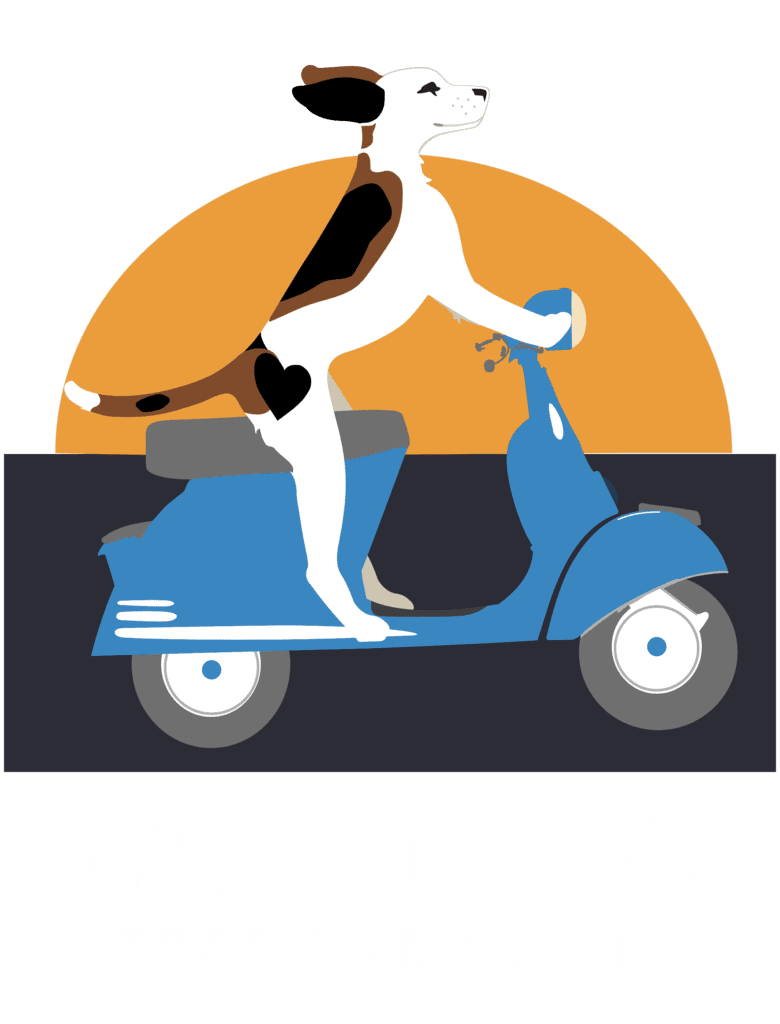Noticing your dog limping off and on can be confusing. One moment they’re sprinting after a ball, the next they hesitate to put weight on a paw. Then, just as quickly, they seem fine again. Intermittent limping can be easy to dismiss, especially if your dog doesn’t seem in pain all the time. But when it comes to canine mobility, subtle signs can hint at more serious underlying issues.
At Metrovet Veterinary Clinic in Boston, we frequently evaluate dogs who appear fine at home but display brief, recurring episodes of limping. These cases often reveal issues that benefit from early attention. Whether it’s something simple like a muscle strain or something more complex like early-stage arthritis, the sooner we address the cause, the better the outcome for your pet.

Understanding Intermittent Limping
Limping, or lameness, refers to any abnormality in a dog’s gait. When limping is intermittent, it means it comes and goes, often without a clear trigger. This irregular pattern can make it tricky to diagnose, but it doesn’t make it any less important.
Dogs are good at masking discomfort. Their natural instinct is to carry on as normal even when something hurts. That’s why a limp that seems minor or inconsistent might still stem from a problem worth investigating. Intermittent limping often starts subtly and gradually worsens over time if the cause isn’t treated.
In many cases, intermittent limping indicates a developing orthopedic issue, early joint degeneration, or a soft tissue injury that hasn’t fully healed. Occasionally, it can point to a more serious internal condition or neurological problem.
Common Causes of Intermittent Limping in Dogs
Soft tissue injuries are among the most frequent causes. Sprains, strains, or bruising from rough play or an awkward landing can lead to inflammation that flares up after rest or increased activity. These injuries might heal on their own, but if a dog keeps re-injuring the area, limping will persist.
Arthritis and joint issues often manifest first as off-and-on limping. Especially in middle-aged or older dogs, joint cartilage can begin to break down, leading to pain that worsens after exercise or long periods of inactivity. Early intervention helps manage inflammation and slow the progression.
Orthopedic problems such as luxating patella, cranial cruciate ligament (CCL) tears, or hip dysplasia may not cause continuous limping initially. Instead, dogs shift their weight to avoid discomfort, limping sporadically before the issue becomes more obvious. Partial CCL tears, for instance, can cause unstable movement that feels fine to a dog one moment but gives out the next.
Injuries to the paw or digits, including broken claws, lodged foreign objects (like a thorn), or interdigital cysts, might explain a limp that resolves temporarily. Dogs may favor the limb when it hurts, then walk normally again once inflammation subsides.
Neurological conditions can also cause intermittent gait abnormalities. Nerve impingement, spinal issues, or degenerative myelopathy sometimes present as limping that seems to come and go, especially during periods of fatigue.
When to Watch and When to Act
Some pet owners choose to wait and see if the limp improves on its own. While this can be reasonable in the short term, especially if the dog is otherwise acting normal, there are certain signs that should prompt a veterinary visit.
If the limp lasts more than 24-48 hours, even if it’s intermittent, it deserves a closer look. Dogs that are reluctant to bear weight, have visible swelling, yelp when touched, or show behavior changes (like reduced appetite or hiding) may be experiencing more than a mild sprain.
Consistently limping after walks or rest periods is also a red flag. Many joint and ligament issues worsen with movement, then ease as the body compensates, only to flare up again. This stop-and-go pattern is typical of progressive conditions like arthritis or ligament tears.
If your dog is limping and has a history of orthopedic problems, the odds of re-injury are high. Past surgeries, known hip or knee issues, or prior limping episodes shouldn’t be overlooked.
What to Expect During a Veterinary Evaluation
A thorough physical exam is the starting point. Your veterinarian will check for swelling, range of motion, joint instability, and areas of pain. Watching your dog walk, trot, or turn can reveal subtle gait changes. Depending on the findings, diagnostic imaging like X-rays or joint aspiration may be recommended.
In cases of mild, early-stage limping without clear external injury, conservative management might be tried first. This could include rest, anti-inflammatory medications, joint supplements, and follow-up monitoring.
For more persistent or worsening limping, advanced imaging like CT or MRI might be needed, particularly if spinal or neurological causes are suspected.

Home Care and Monitoring Between Appointments
If your dog has started to limp intermittently but isn’t yet showing severe symptoms, there are steps you can take at home while awaiting veterinary input. Limit intense activity like running, jumping, and stairs. Use soft bedding and encourage shorter, more frequent walks.
Ice packs applied for short periods after exercise may reduce swelling in acute cases. Avoid giving over-the-counter medications unless prescribed—some human pain relievers can be toxic to dogs.
Keep a symptom journal. Note when the limping occurs, how long it lasts, and whether anything seems to trigger or relieve it. These observations can help your vet narrow down possible causes.
Managing Long-Term Conditions That Cause Limping
For dogs diagnosed with arthritis, dysplasia, or recurring ligament problems, treatment focuses on long-term management. This might involve a combination of weight control, physical therapy, joint-protective supplements, laser therapy, and medications to control pain and inflammation.
Some dogs benefit from lifestyle changes such as orthopedic beds, traction support for slippery floors, or ramps instead of stairs. For severe or non-responsive cases, surgery may be the best option to restore function and reduce pain.
It’s important to follow through with all phases of recovery and rehab after a diagnosis. Incomplete healing or returning to activity too soon often leads to recurring or worsening symptoms.
The Role of Prevention and Early Detection
Routine vet visits play a key role in catching musculoskeletal issues before they escalate. Regular physical exams can pick up on joint stiffness or changes in posture you might not notice at home. Annual wellness checks are especially valuable for senior pets or breeds prone to orthopedic conditions.
A well-balanced diet, healthy weight, and appropriate exercise routine can prevent many causes of limping. Obesity increases the strain on joints, speeding up wear and tear, while over-exercising young dogs can harm developing bones and ligaments.
Breeds with known vulnerabilities—like retrievers, shepherds, or bulldogs—benefit from early screening and proactive joint support.
Final Thoughts
Intermittent limping isn’t something to ignore, even if your dog seems otherwise fine. While the cause could be as minor as a bruise or sore paw, it could also indicate an evolving orthopedic or neurological problem. Trust your instincts. If something seems off, let your vet take a look.
This article is for informational purposes only and not a substitute for professional veterinary advice, diagnosis, or treatment. Always consult with your veterinarian regarding your pet’s health concerns.

